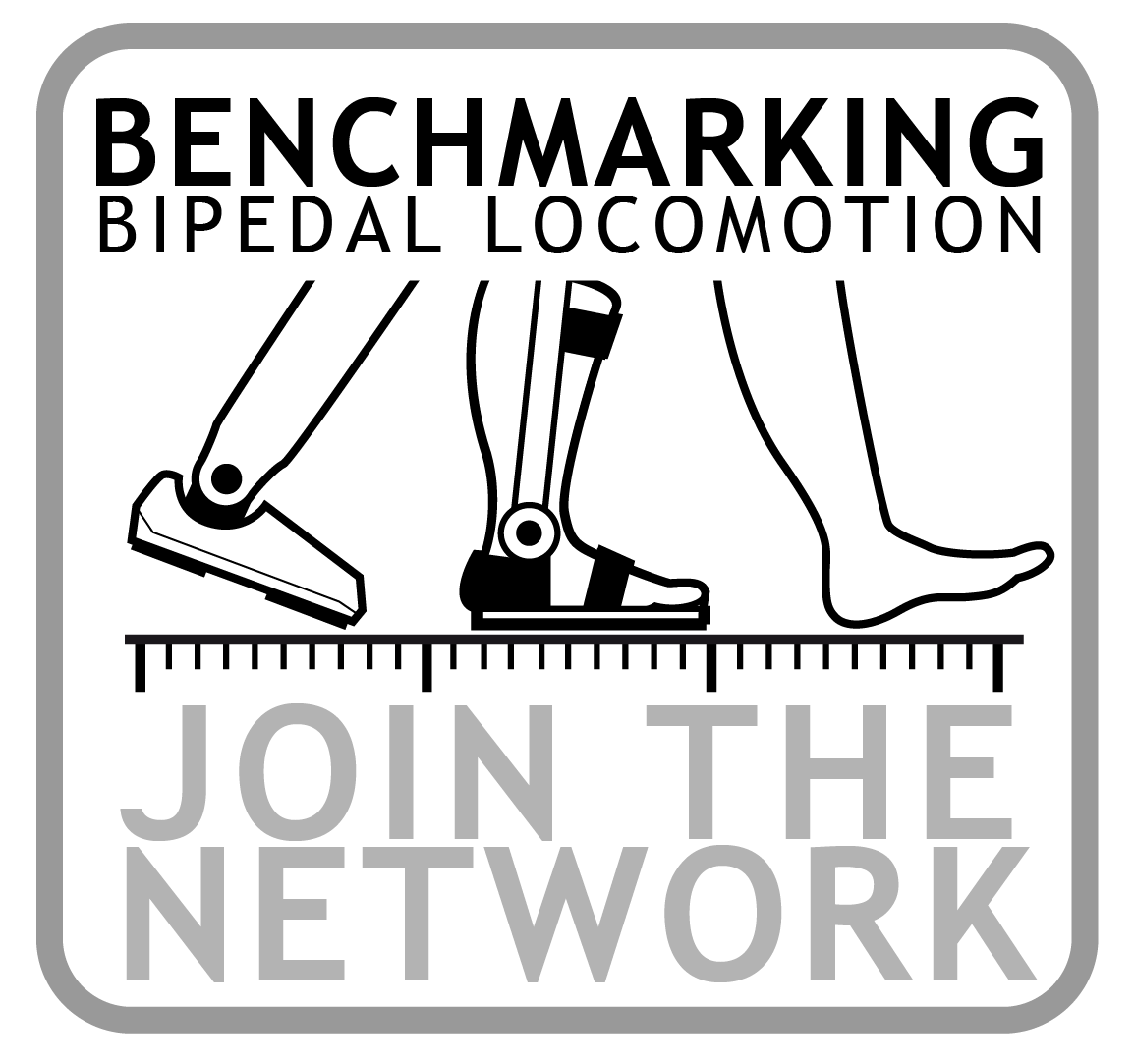Project Overview The goal of H2R project is to demonstrate human-like gait and posture in a controlled compliant biped robot as a result of a combination of the most relevant motor control and cognitive mechanisms found in humans. In order to achieve this goal, we will adopt a threefold process: 1. Understanding the key biological principles from human experiments. 2. Translating the formalized concepts into human-like bipedal robots. 3. Creating new benchmarking schemes for validating the robotic performance.
1. Studying Humans In healthy humans, walking and posture emerges naturally from a hierarchical organization and combination of several biomechanical and neuromotor mechanisms. The H2R project aims to unveil the most crucial principles, such as synergistic control, cognitive prediction, and muscle dynamics, for their posterior inclusion in robotic real-life platforms.
2. Developing robots Current biologically motivated bipeds rely on the concepts of passive walking, compliant actuation and neural-based control to enhance stability, versatility and efficiency. The goal of H2R is to put together the most promising control and biomechanical principles currently available in real-life and simulated platforms. This process will result in a new biped with improved walking and postural abilities.
3. Benchmarking scheme Benchmarking research in robotics is inherently difficult since results are typically reported only for a specific robotic system and a self-chosen set of tasks. This makes it extremely difficult to compare the results with other systems developed in different labs. The H2R project wants to involve the international community in defining a benchmarking scheme that can reach a global consensus and be universally adopted.













